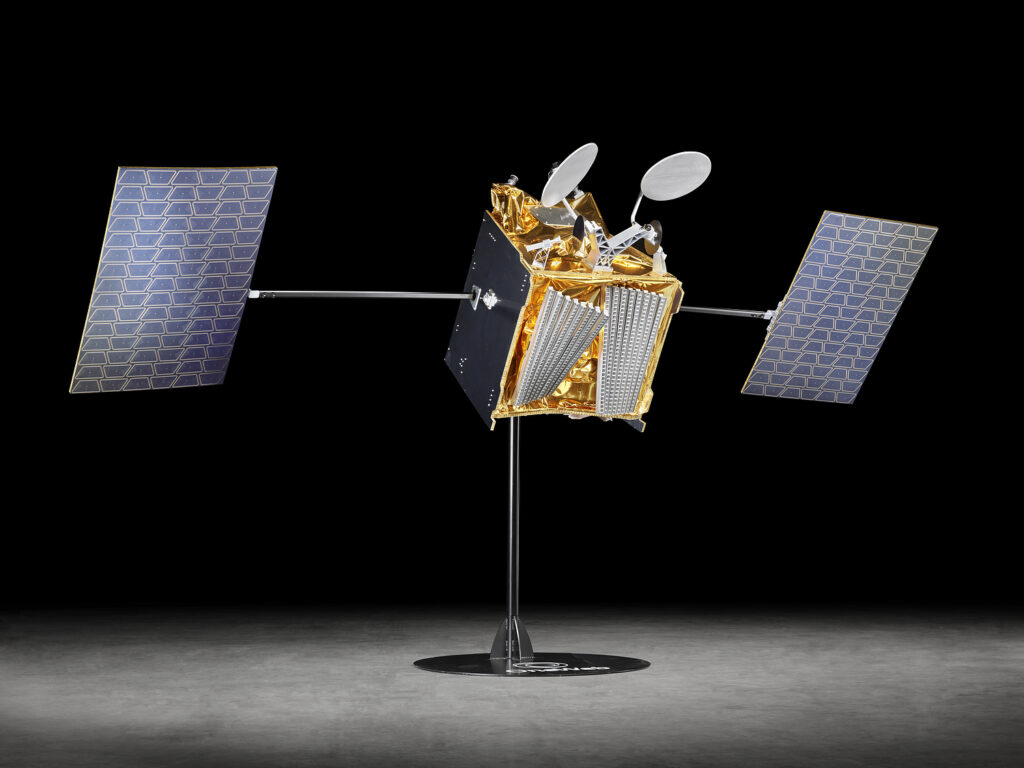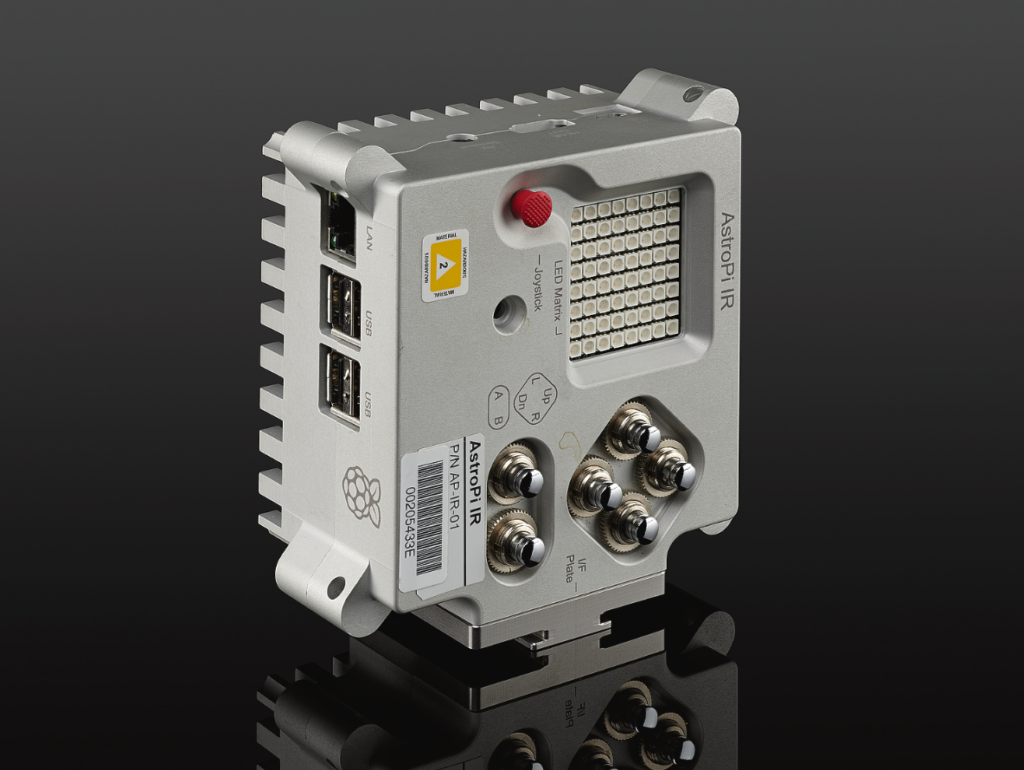Stop 1: Free Space Show

Science Museum Mission Control has a problem and only you can help us solve it! We’ll need to test, experiment and work together to help the future of space travel. There will be flames, fun and a floating plate of whipped cream! Do you have what it takes, aspiring space explorer?
Enjoy this exciting live show packed with out-of-this-world science demonstrations, taking place daily at 11.30 and 15.00 from 26 July – 31 August. Free spaces are available on the day subject to availability.
Stop 2: Engineers gallery
Head up to our Engineers gallery on Level 1 to find a suspended Replica OneWeb satellite. With ground-based internet infrastructure leaving almost half of the world’s population disconnected, engineers are working on satellites which can provide access to high-speed broadband from anywhere on Earth. Did you know that a group of satellites, just like stars, is called a constellation?
Take a look at the Being Creative display case to spot the Astro Pi computer. The European Astro Pi Challenge gives young people the opportunity to learn coding and run experiments in space using a Raspberry Pi – a small, adaptable computer. This Astro Pi computer was sent to the International Space Station in 2015. It ran thousands of experiments programmed by young people and sent the results back to Earth for analysis.
Stop 3: Eurostar 3000 Satellite

In Information Age (level 2) , you can stand underneath the Eurostar 3000 satellite. This full-size satellite was made by EADS Astrium Ltd and carries two large reflectors contoured so as to shape the broadcast signals to their targeted areas on the ground. The heritage of Eurostar 3000 can be traced back through a series of satellite designs to the 1970s and the EADS Astrium company’s prdecessors.
Stop 4: An orrery made for the Earl of Orrery
This colourful device is a type of planetary model, used to show the motions of the Earth and Moon around the Sun. By winding a handle on the side of the model, the Earth would be set into motion, turning on its axis around the Sun, with the Moon doing the same around our planet. Models like this became popular during the 17th century, especially after Sir Isaac Newton published his theory of gravity.
The example pictured here was made for Charles Boyle, the fourth Earl of Orrery in Ireland in 1712. This model, which was called an ‘orrery’ after the name of its owner, became so popular that it gave its name to all other models of the solar system.
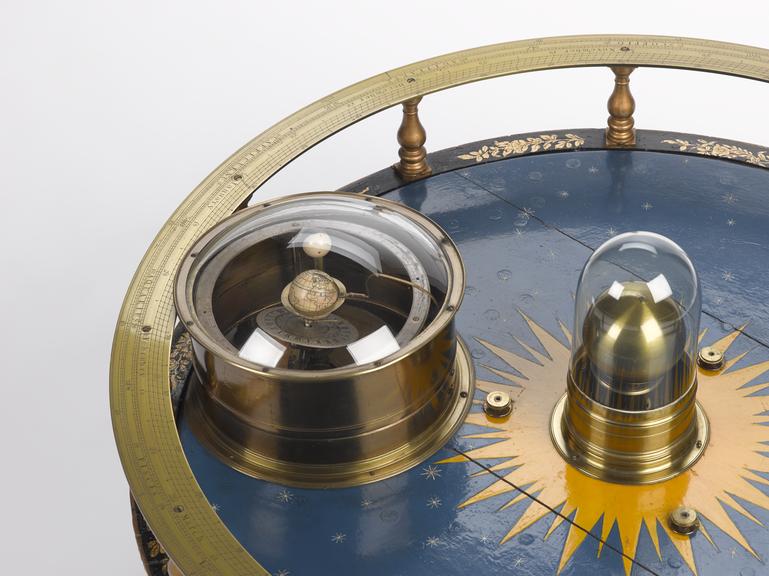
Stop 5: Flight
Human beings have always looked at the sky above them as a space to explore. Before sending astronauts to space, the Moon and beyond, discover the story of how we took to the skies in our Flight gallery (Level 3) – from the first hot-air balloon flights to jumbo jets.
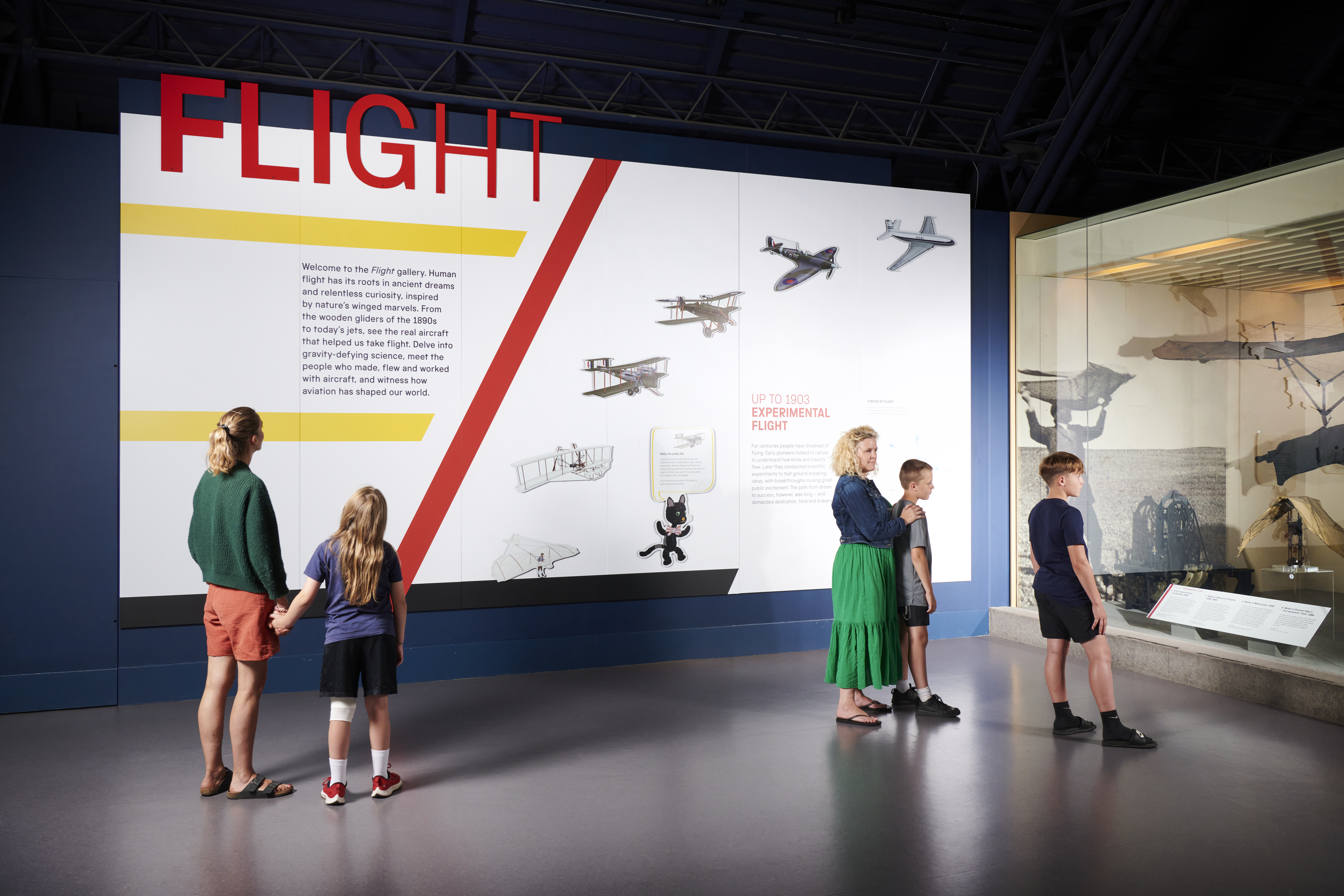
Find a whole galaxy of free space activities this summer at the museum, including a space trail, a brand-new space show packed with out-of-this world experiments and toilet tales from space sessions with our Explainer sessions. These stellar activities start the countdown for our new Space gallery, which will open on 20 September 2025.
Where to eat
Finally stop off at the Energy Cafe for some well-deserved lunch – or treat yourself to one of our homemade cakes and an award-winning coffee.
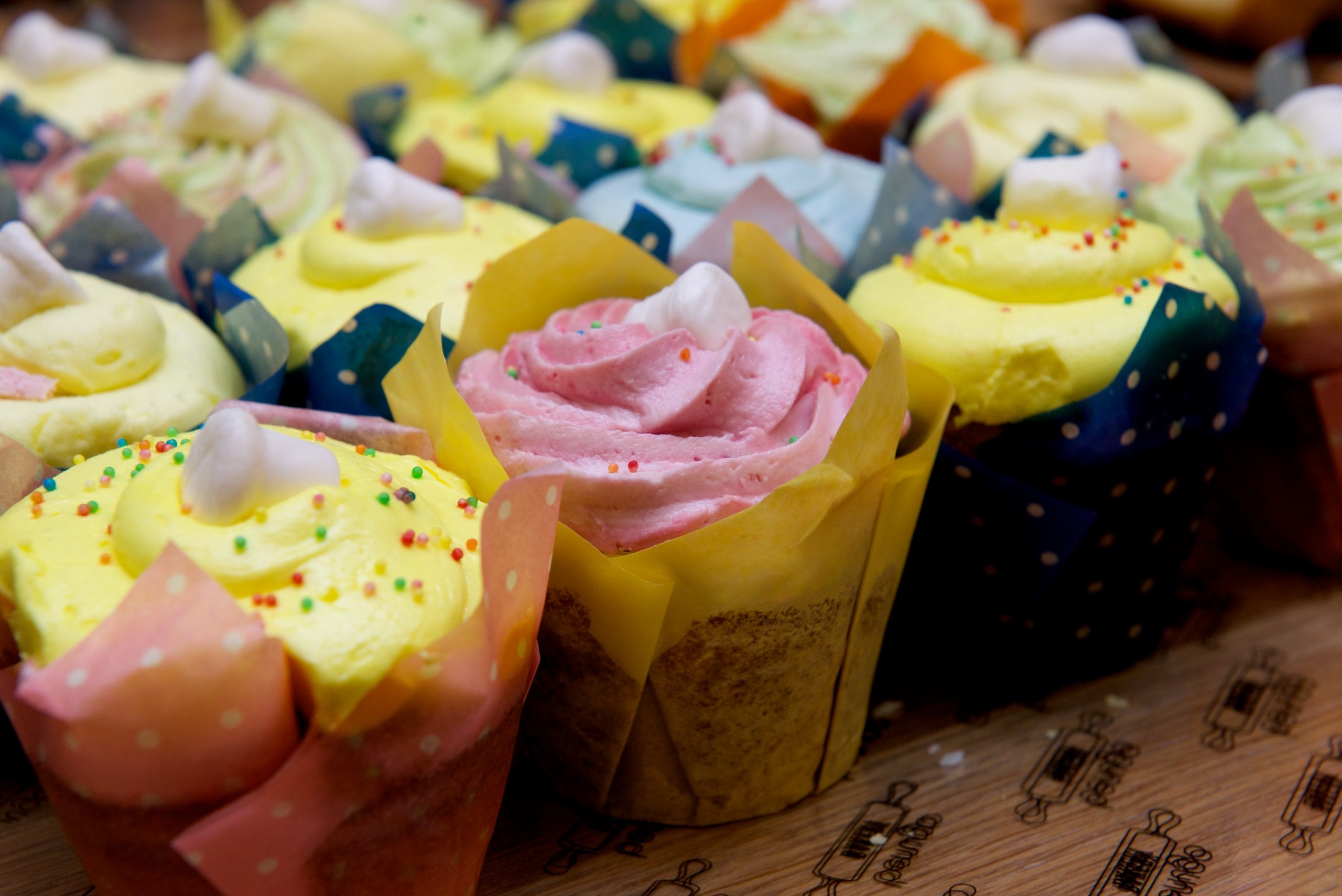
Try at home
Continue the fun at home with Wonderlab+ , the Science Museum Group’s free learning website that brings science to life through creative and fun experiments and games. Build a rocket launcher or test your space knowledge in our weird space facts quiz.
You can also explore objects from our Collection and the stories behind them to discover more about the enthralling history of space exploration.
The Science Museum is open 10.00-18.00, seven days a week. Head to our website to pre-book your free tickets.

